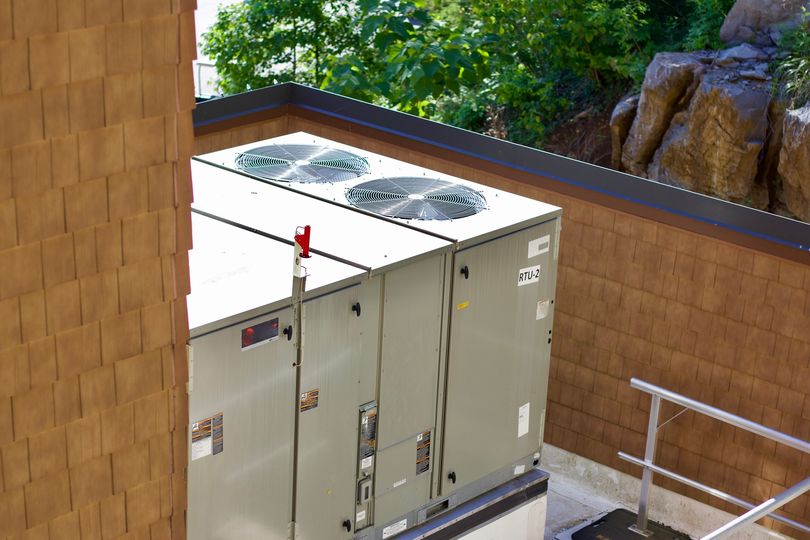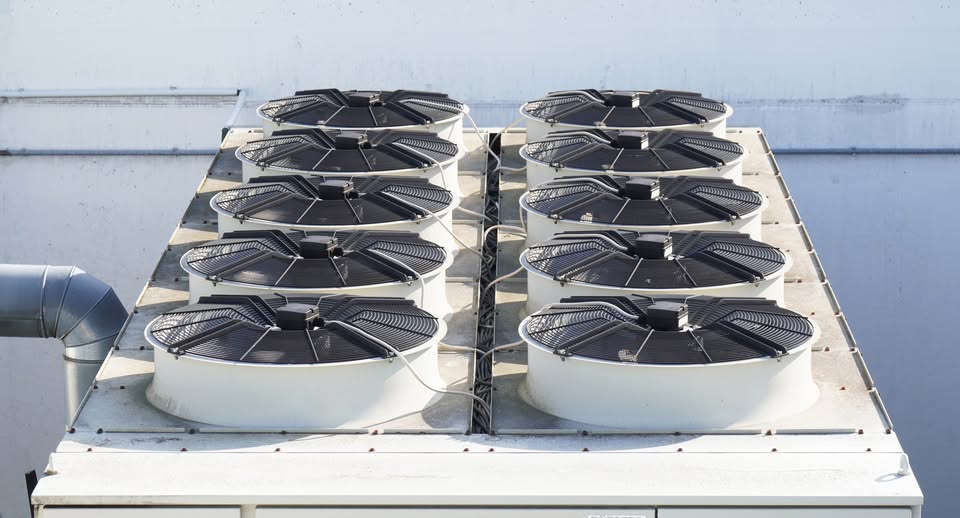As the warm days of summer fade and cooler autumn breezes begin to set in, it's time to transition your HVAC system from cooling to heating. Making this switch smoothly ensures your home remains comfortable and your system operates efficiently throughout the fall and winter months. Here’s a simple guide to help you transition from cooling to heating.
-
Clean or Replace Your Air Filters
Before making the switch, check your HVAC filters. Clogged filters reduce airflow and strain the system, so cleaning or replacing them is essential for both cooling and heating efficiency. -
Inspect and Clean Ductwork
Over the summer, dust and debris can accumulate in your ducts. A thorough duct cleaning will improve air quality and airflow when your heating system kicks in. -
Test Your Thermostat
Make sure your thermostat is set to heating mode and working correctly. If you don’t have a programmable thermostat, consider upgrading to better control the temperature and save on energy costs. -
Schedule a Professional Tune-Up
A fall HVAC inspection can identify any potential issues before the cold sets in. A professional technician from A Plus Quality can check for leaks, ensure optimal performance, and make necessary repairs or adjustments. -
Check Vents and Registers
Ensure that all vents and registers are open and unblocked. This helps maintain proper airflow and even heating throughout your home.
Transitioning from cooling to heating is an important step for home comfort. The professional and highly skilled team from A Plus Quality is here to help with your HVAC needs. Schedule a fall inspection today to ensure your system is ready for the colder months ahead!



